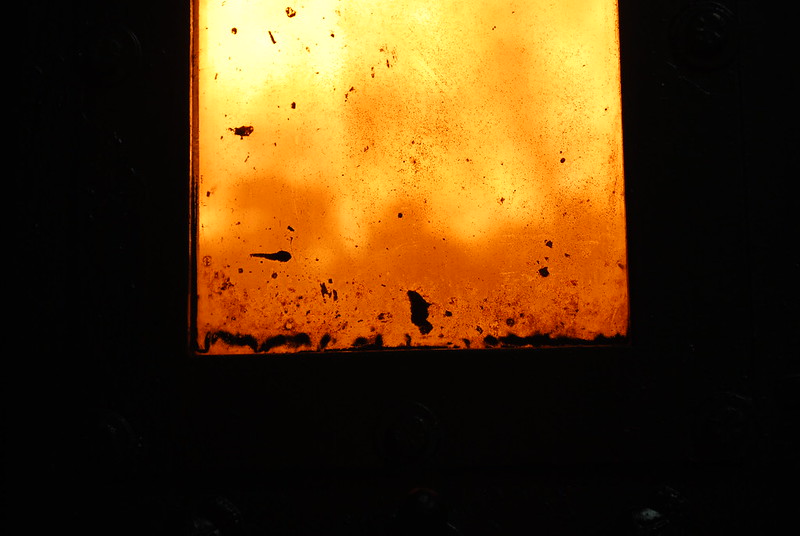What to do with the waste produced from processing waste?

A 2020 report from Infrastructure Partnerships Australia suggests the “looming waste crisis” is a once in a generation opportunity to embrace energy recovery as an effective way to manage waste and provide baseload power.
According to the report, appetite among community and industry stakeholders to reform the waste sector is growing, in response to a decreasing tolerance for landfill and increasing social awareness of related issues.
Waste-to-energy (WtE) has been successfully used for decades to divert non-recyclable waste from landfill overseas, and in recent years, has become a developing market in Australia.
With the wheels now in motion, Australia’s first large-scale WtE facility is set to commence operations later this year.
Located in Kwinana, Western Australia, the Avertas Energy facility is expected to process 400,000 tonnes of municipal solid, commercial and industrial waste under agreements with local governments and other providers in the city’s greater metropolitan area.
While the plant will go a long way towards helping Western Australia meet its diversion targets, an often-overlooked facet of WtE facilities is that the process itself generates waste – in the form of incinerator bottom ash (IBA).
When residue ash is not recycled it is usually buried in landfill, thereby undercutting overarching sustainability goals.
